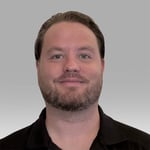
According to the US DOE, “Supercritical carbon dioxide (sCO2) power cycles have the potential to reduce the cost of concentrating solar power (CSP) by far more efficiently converting high-temperature solar heat into electricity.” In addition, moving to sCO2 can also drastically reduce the size of the power plant by almost a 300:1 ratio.
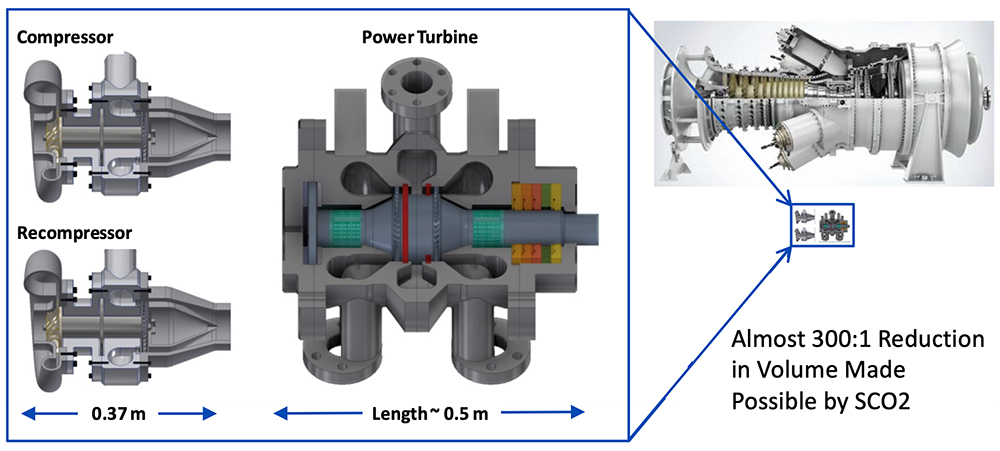
But leveraging the power of Super Critical CO2 also has its challenges: Gasses at temperatures of 700C, varying in pressure from 8-25bar, running through hermetically sealed, compact, structures, to name a few.
Key Features & Technical Challenges of Super Critical CO2
|
Parameter |
Units |
Condition |
|
Fluid |
sCO2 |
|
|
Flow Range |
L/Sec |
8.75-17.5 |
|
Temperature |
C |
500-700 |
|
Inlet Pressure |
Bar |
127 – 240 |
|
Pressure Ratio |
- |
1.02 – 1.24 |
Decreasing the size of a generator opens opportunities but increases the engineering challenge. For example, the smaller size can result in small passages that rule out casting as a manufacturing option. Super alloys like IN718 are attractive for corrosion resistance and high temperatures, but are difficult to machine. Given these requirements, manufacturing solutions for these applications can be nearly impossible.
Until now.
.jpeg?width=2151&name=2020_11_VELO_3D_0822%20(1).jpeg)
Watch our recorded webinar with Mohawk Innovative as we uncover what it takes to deliver on the future of renewable energy.
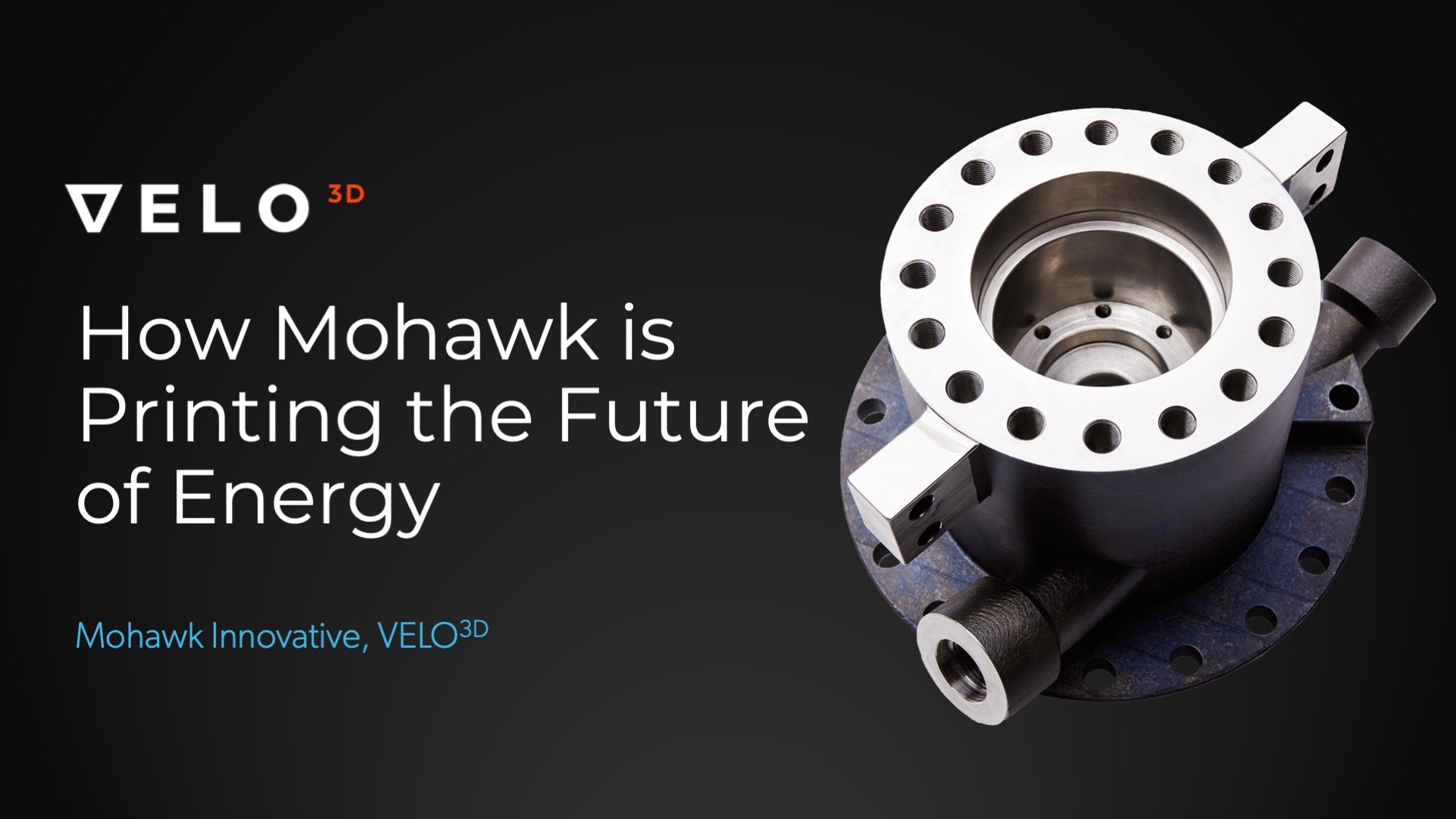
Learn about:
- Challenges of producing advanced supercritical CO2 solutions
- Approaches that Mohawk Innovative took to reach a successful manufacturing strategy -
- Benefits of leveraging VELO3D's SupportFree metal additive manufacturing
- Changes to the landscape of what is now manufacturable
Speakers:
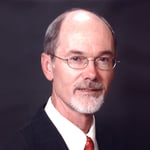
James F. Walton II
VP of Program Development, Mohawk Innovative Technology
Mr. James Walton, a Co-Founder and Vice President of Mohawk Innovative Technology, Inc. received his B.S. in Mechanical Engineering from the University of Virginia, and his M.E. in Mechanical Engineering from the University of Florida. Mr. Walton is a US Air Force veteran, is a Fellow of ASME, has published over 100 technical papers and has five patents. He has been involved in rotordynamics research and advanced product development for over 40 years.
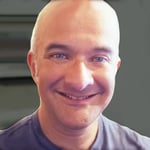
José Luis Córdova, PhD
Principle Engineer, Mohawk Innovative Technology
José Luis Córdova is a Principal Engineer and program manager at Mohawk Innovative Technology, Inc. (MITI), where he heads the engineering team in charge of analysis and design of turbomachinery and other power conversion and energy generation systems. He received his degree in Mechanical Electrical Engineering from the Universidad Nacional Autónoma de México, and both MS and PhD in Mechanical Engineering Science from the University of California at Berkeley. He has a broad background in mechanical engineering science that spans multiple fields, including combustion, fluid mechanics, heat transfer, thermodynamics, and applied engineering mathematics.
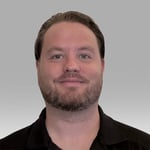
Gene Miller
Senior Applications Engineer, VELO3D
Mr. Miller joined VELO3D in 2016 as a process engineer working on developing SupportFree metal AM processes. Prior to joining VELO3D, he held various positions in foundry and process engineering. Gene holds a BS in Mechanical Engineering from Colorado State University.
Mr. Miller joined VELO3D in 2016 as a process engineer working on developing SupportFree metal AM processes. Prior to joining VELO3D, he held various positions in foundry and process engineering. Gene holds a BS in Mechanical Engineering from Colorado State University.


